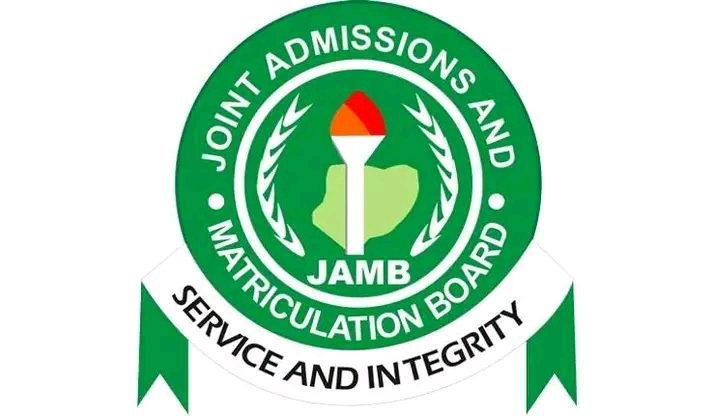Economics JAMB Syllabus

Conquering the Joint Admissions and Matriculation Board (JAMB) Unified Tertiary Matriculation Examination (UTME) is a crucial step towards your dream Nigerian university admission.
And if you’ve chosen Economics as your subject, understanding the JAMB Economics Syllabus is paramount.
Fear not, future economist! This blog is your ultimate guide to navigating the syllabus, armed with vital information and key FAQs to ensure you ace the exam.
The JAMB Economics Syllabus outlines the specific areas you’ll be tested on, encompassing both microeconomics and macroeconomics.
It’s crucial to familiarize yourself with each section to strategize your preparation effectively. Here’s a comprehensive breakdown:
1. Introduction to Economics
Definition and nature of economics
Scarcity, choice, and opportunity cost
Economic problems and decision-making
Economic systems: Capitalism, Socialism, Mixed Economy
2. Basic Concepts and Principles of Economics
Production and consumption
Factors of production and their rewards
Division of labor and specialization
Economic laws: diminishing marginal utility, circular flow of income
3. Theory of Demand and Supply
Determinants of demand and supply
Law of demand and supply
Market equilibrium and changes in equilibrium
Elasticity of demand and supply
4. Theory of Consumer Behaviour
Utility analysis: cardinal and ordinal approaches
Indifference curve analysis
Budget line and consumer equilibrium
Consumer surplus and its applications
5. Theory of Supply
Determinants of supply
Short-run and long-run supply curves
Producer surplus and its applications
Government intervention in markets: price controls, subsidies
6. Theory of Price Determination
Competition and market structures: perfect competition, monopoly, monopolistic competition, oligopoly
Price discrimination and its effects
Non-price competition and product differentiation
7. The Theory of Production
Production function and its properties
Stages of production and returns to scale
Isoquants and production equilibrium
Costs of production: fixed, variable, total, average
8. National Income Accounting
National income concepts: GDP, GNP, NNP
Methods of national income measurement: expenditure, production, income
Circular flow of income and injections and leakages
Distribution of income and its implications
9. Money and Inflation
Functions of money and types of money supply
Commercial banks and the money creation process
Central bank and its monetary policy tools
Inflation: types, causes, and consequences
Inflation control measures and their limitations
10. Financial Institutions
Central bank and its functions
Commercial banks and their operations
Other financial institutions: development banks, insurance companies, capital markets
Financial instruments: stocks, bonds, loans
11. Public Finance
Public revenue: taxation, non-tax revenue
Public expenditure: types, principles, and budgeting
Public debt and its management
Fiscal policy and its impact on the economy
12. Economic Growth and Development
Concepts of economic growth and development
Factors influencing economic growth: human capital, physical capital, technology
Theories of economic development: classical, neoclassical, endogenous
Strategies for promoting economic growth and development
13. International Trade
Theories of international trade: absolute advantage, comparative advantage
Trade policy instruments: tariffs, quotas, subsidies
Balance of payments and foreign exchange rate determination
International trade organizations and their functions
14. Economic Problems and Policy Issues
Unemployment and its types
Poverty and inequality
Environmental degradation and sustainable development
Economic fluctuations and business cycles
Government policies to address these problems
Bonus: Agriculture in Nigeria, Industry and Industrialization, Natural Resources and the Nigerian Economy:
The JAMB syllabus also includes specific sections delving into these crucial aspects of the Nigerian economy. Familiarity with these topics will demonstrate your understanding of local economic realities and give you an edge in the exam.
FAQs
How much time should I dedicate to studying the JAMB Economics Syllabus?
Dedicate at least 3-4 months for thorough preparation. Start early and allocate sufficient time for each section based on its weightage and your comprehension level.
What are the best resources for preparing for the JAMB Economics exam?
Utilize multiple resources like recommended textbooks, past JAMB question papers, online tutorials, and practice quizzes. Joining a reputable JAMB Economics tutorial class can also be beneficial.
What are some helpful tips for studying the JAMB Economics Syllabus?
Utilize active learning techniques like taking notes, creating mind maps, and summarizing key concepts.
Form study groups to discuss complex topics and test each other’s understanding.
Practice solving past JAMB questions to familiarize yourself with the exam format and question types.
Focus on understanding the underlying principles, not just memorizing formulas.
Get enough sleep and stay healthy to maximize your brainpower during preparation and the exam.
What are some common mistakes to avoid during the JAMB Economics exam?
Rushing through the exam: Allocate enough time for each question and review your answers before submitting.
Misinterpreting questions: Read each question carefully and underline key words to understand what’s being asked.
Not attempting all questions: Even if unsure, make educated guesses to maximize your potential score.
Ignoring diagrams and graphs: Pay close attention to visual aids as they often contain valuable information.
Panicking: Keep calm, remain focused, and trust your preparation




